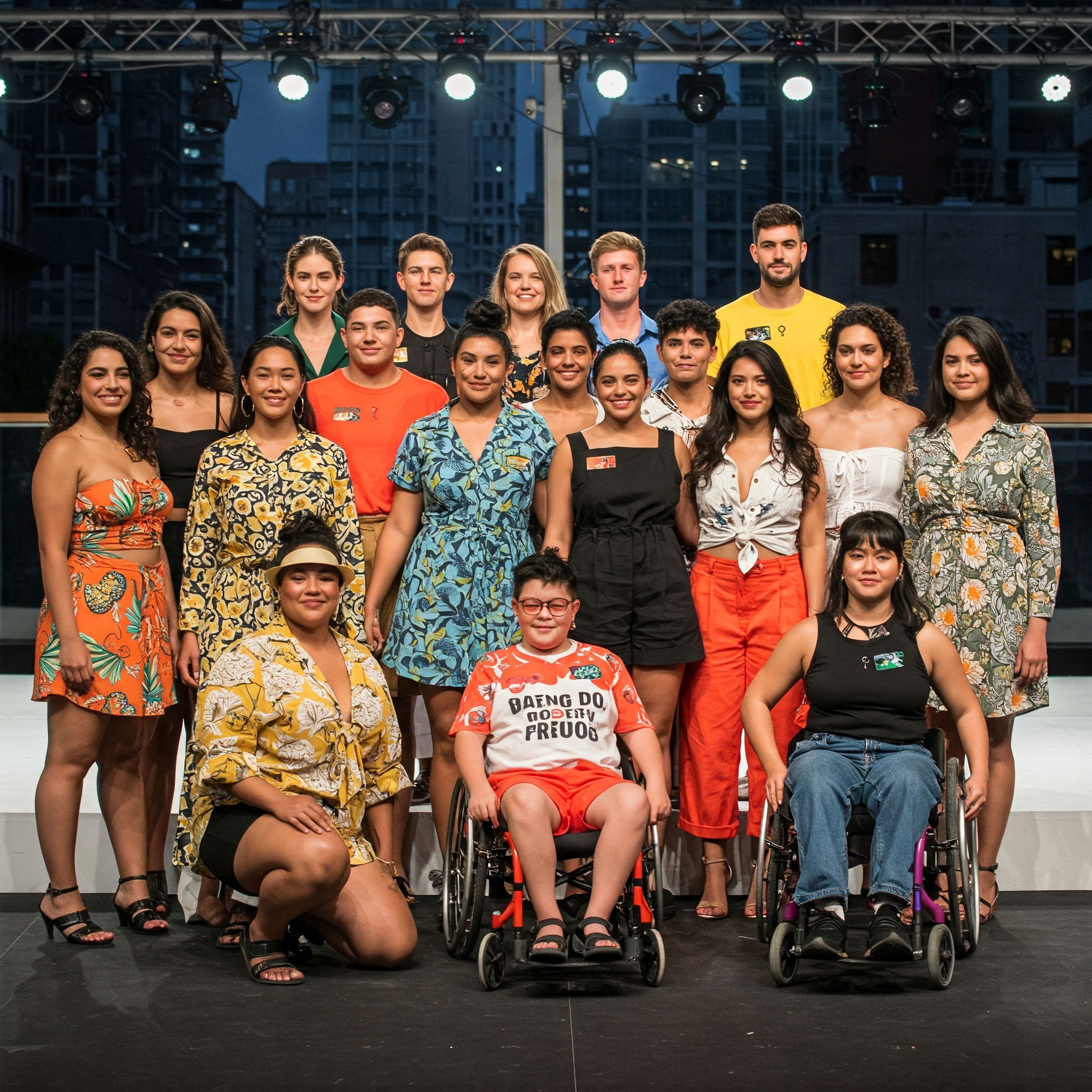No products in the cart.: $0.00
The Importance of Diversity and Inclusion in Fashion

In recent years, the fashion industry has witnessed a significant shift towards diversity and inclusion. From featuring models of various sizes, skin tones, and abilities on runways and in campaigns, to designing clothes that cater to a wider range of body types and needs, diversity and inclusion are no longer just trends but ethical and creative imperatives. This article explores the crucial importance of diversity and inclusion in fashion, the progress that has been made, and the challenges that still lie ahead.
One of the primary reasons why diversity and inclusion are paramount in fashion is its reflection of society. Fashion, at its core, is a form of cultural and personal expression. When the industry celebrates only a narrow ideal of beauty, it misses the opportunity to connect with a global audience and reflect the richness of humanity. By embracing diversity in race, ethnicity, gender, sexual orientation, body size, and ability, fashion becomes more relevant, authentic, and empowering.
The shift towards diversity and inclusion offers not only ethical but also business advantages. Consumers are increasingly aware of social issues and expect brands to reflect their values. Fashion companies that prioritize diversity and inclusion are likely to build stronger relationships with their customers, expand their market reach, and enhance their brand image. Diverse creative teams also lead to richer ideas and more innovative designs that cater to a wider customer base.
In recent years, there has been notable progress in promoting diversity and inclusion in fashion. Major fashion weeks have seen a greater representation of models of color, plus-size models, models with disabilities, and transgender models. Advertising campaigns are increasingly featuring individuals with diverse appearances and backgrounds. Designers are beginning to create more size-inclusive collections, and some brands are even focusing on adaptive fashion, designing clothing for people with specific needs.
However, despite the progress, significant challenges remain. Diversity and inclusion are not just about surface-level representation; they require a fundamental shift in mindset and practices. There is still a lack of true representation in positions of power within the industry, from designers and creative directors to editors and executives. “Tokenism,” where diversity is only superficially represented without genuine change, remains a concern.
To achieve true diversity and inclusion, fashion brands need to make long-term commitments and take concrete actions. This includes setting measurable diversity goals, investing in inclusion training programs, collaborating with community organizations, and listening to the voices of marginalized communities. It also requires self-critique and a willingness to challenge outdated norms and biases.
Diversity and inclusion in fashion are not just a fleeting trend but a fundamental shift reflecting an increasingly diverse and inclusive society. By celebrating beauty in difference and catering to the needs of all people, the fashion industry can become a powerful force for social change, inspiring and empowering individuals around the world.



